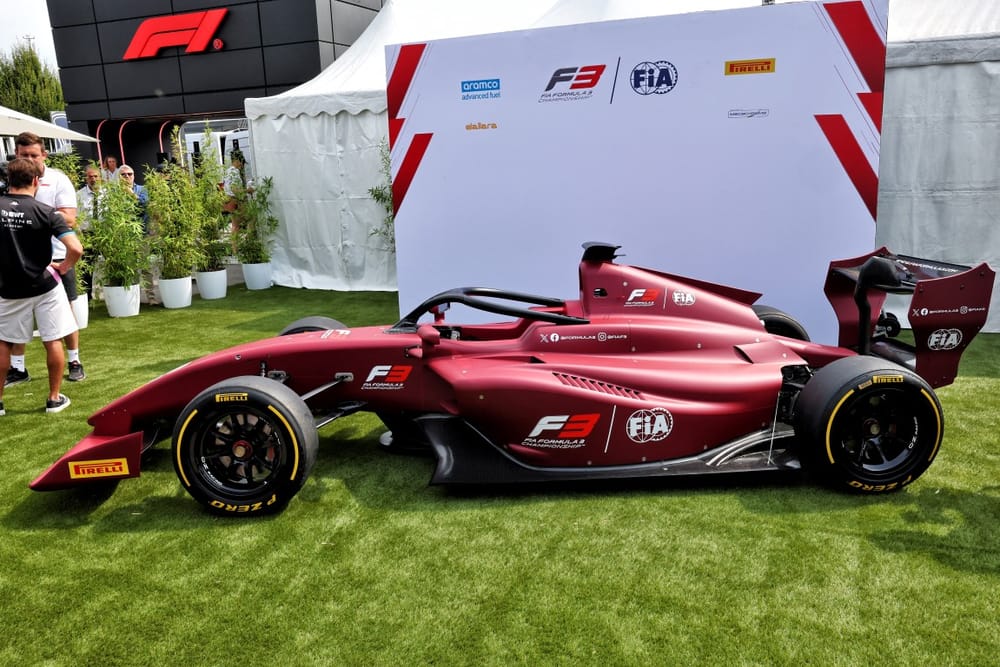Formula 1 support series Formula 3 will introduce a new car in 2025.
The new car certainly looks well put-together but what's the reasoning behind a move away from the current Dallara F3 2019 - and what are the logistical and cost implications for F3 teams?
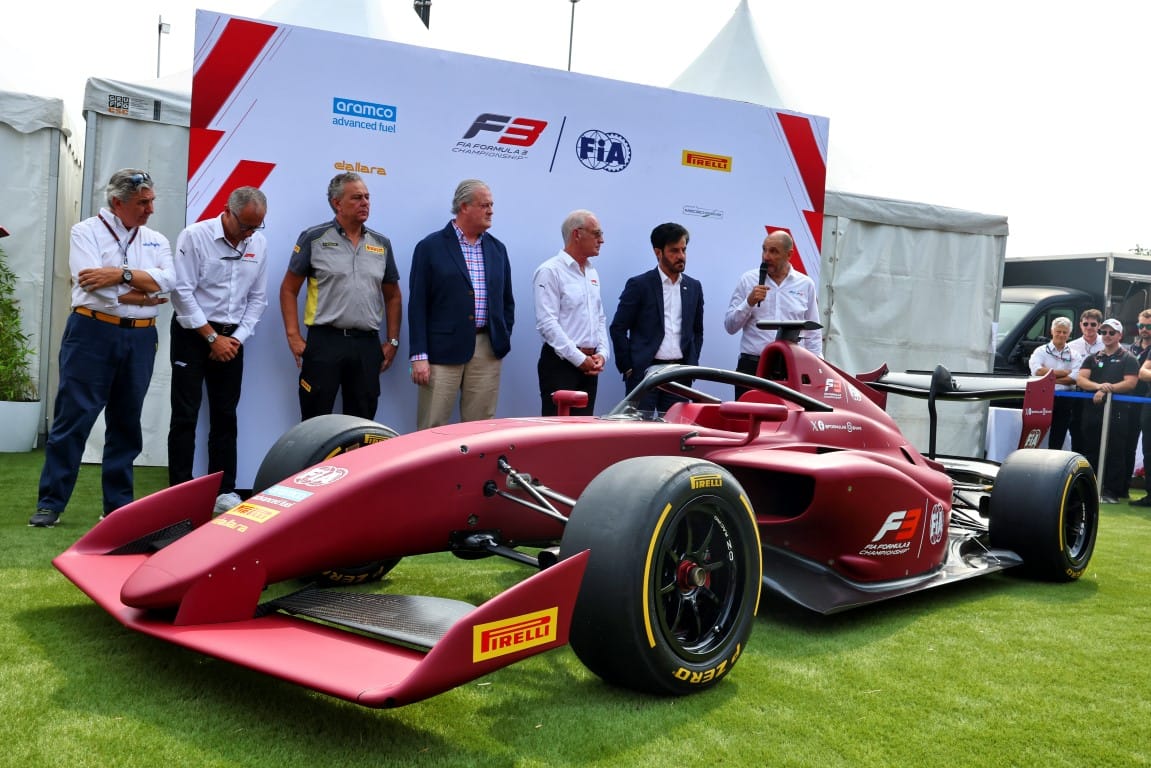
The FIA single-seater ladder will be further consolidated in 2025 when F3 adopts the new car.
The principal changes to the car include 16-inch Pirelli wheels and a stronger emphasis on ground effect, with Venturi tunnels underneath the car and a diffuser to complement them.
Furthermore, F3 and Formula 2 will switch over to Aramco’s 100% sustainable fuel in 2025 - one year earlier than Formula 1.
Unlike F2 and F1, F3 couldn’t adopt 18-inch Pirellis wheels as these would be too big for the car, so Pirelli instead developed a new 16-inch size for this car.
This new size is a challenge for Pirelli, requiring a quick turnaround from the championship’s sole tyre supplier, and it will have significant consequences for the cars’ handling. Twinned with new floors, no longer flat and instead featuring those downforce-generating Venturi tunnels, they mean teams will be starting 2025 from a blank slate.
F3 could potentially be an important testbed for the 16-inch wheels, too; in being two inches smaller in diameter than the current F2 and F1 wheels, they are lighter.
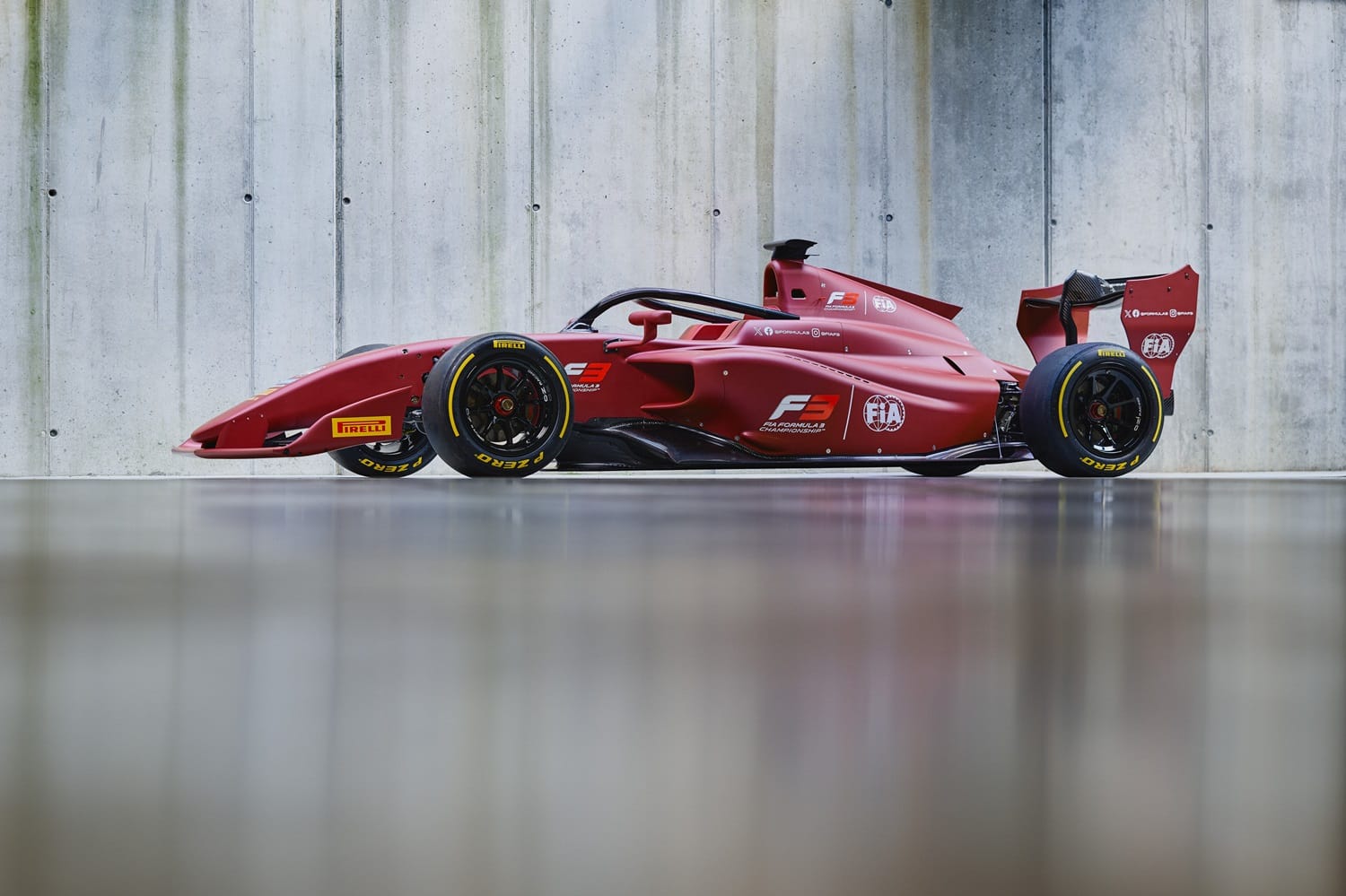
That trait is certainly an attractive one for F1, which is already set to take 30kg out of its cars in 2026 - although 16-inch wheels are not currently being considered by the top tier.
F3 starting from zero means we could see another unpredictable start to next season, with the dominant positions of champion Prema and its perennial rival Trident potentially under threat - similar to what happened when F2 adopted its new car in 2024.
Invicta Racing leads the F2 teams’ standings after Monza - but it had finished fifth in 2023. Meanwhile, last year’s F2 teams’ champion ART Grand Prix is eighth heading to Baku.
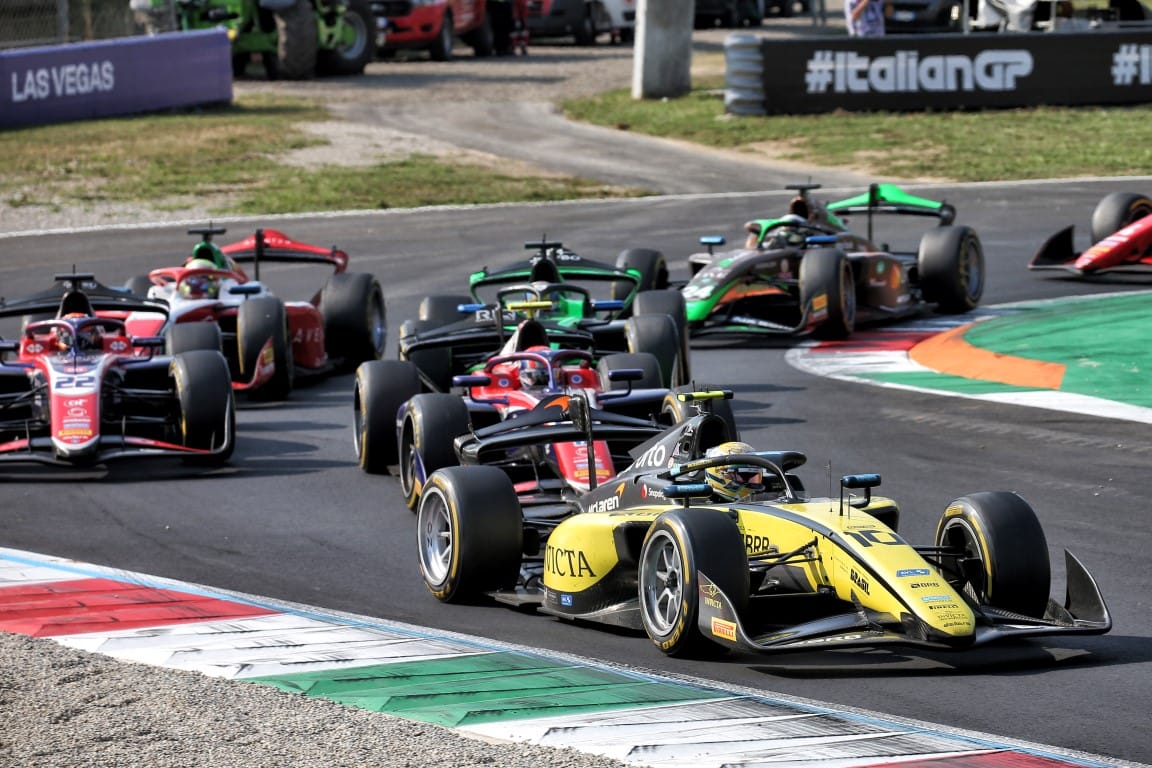
The consequences of F3 implementing a new car are, however, wider-ranging and more serious than just a shake-up in the competitive order.
Teams had not received schematics, owners’ manuals nor instructions for the car by the time it was revealed to the world.
F3 and F2 CEO Bruno Michel said at the announcement that the teams “have the information that we've been publishing, which is already quite precise".
“After that, at the end of the day, nothing will replace the fact that when they have the car in their hands when they receive the new car in the factory in December, then they are really going to start to do the work very, very closely on the dynamics,” added Michel.
Team engineers and team principals, however, admitted their concerns, having received nothing but renders before Monza.
So when the F3 car was wheeled into the support paddock at Monza, team engineers could be seen sizing up the demonstration car with measuring tape.
Crucially, the teams need to find out whether the new cars will already fit into their existing trucks, whether the current tools they have will work with the new parts, and whether the front and rear jacks will support the weight and size of the new car.
There was therefore a rush for teams to return to their factories with whatever information they had gleaned from the reveal in order to start work on analysing the floor, tyres, and wings.
More changes
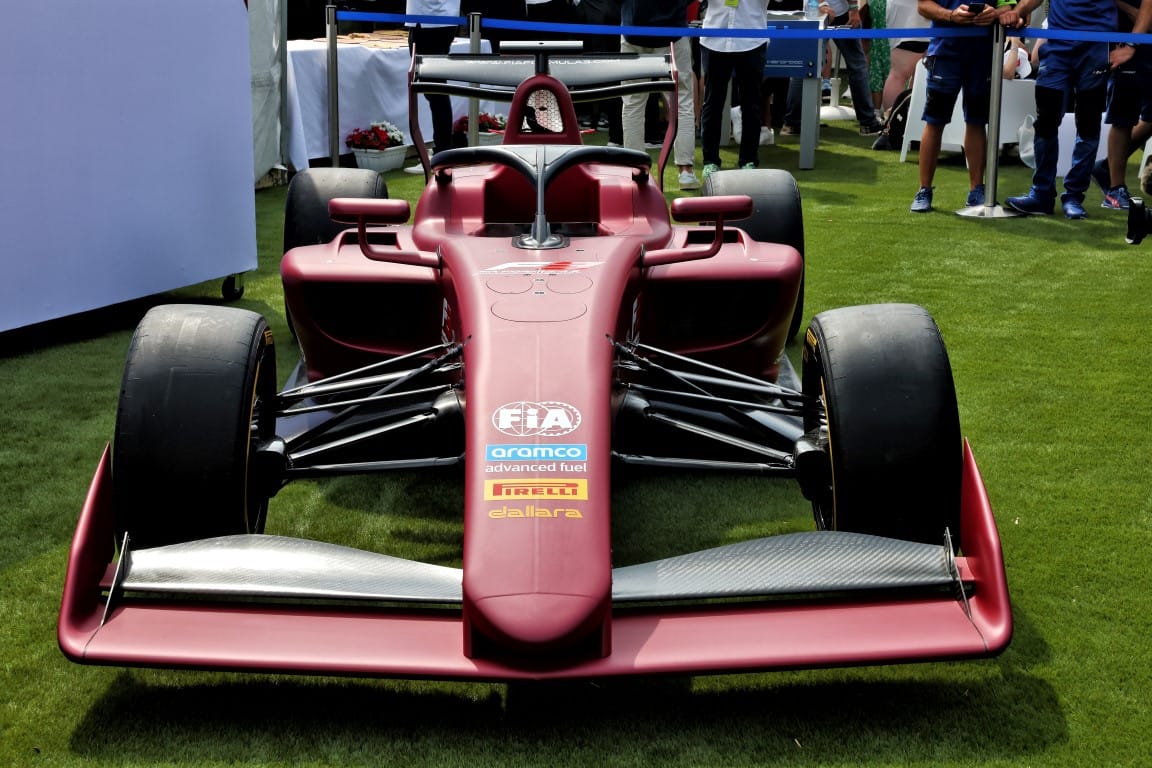
New wings have been put on the F3 cars not only to complement the new floors, but to improve overtaking.
The new wings do not resembled the curved structures at the front and rear of the new-for-2024 F2 car, which is surprising, but FIA single-seater Nicholas Tombazis said this was done for a “simpler” design that is “well-behaved from a wake point of view”.
Tombazis explained: “The wake of the car gets sent above the following car and, therefore, the following car sees a much cleaner level of flow, much less turbulence, and therefore loses less aerodynamic load.”
Furthermore, the larger dimensions and expected increase in weight of the new F3 car (something that has been inferred by the specifications but not confirmed) is necessary. Just as F1 and F2 cars have expanded, F3 cars will, too - due to stronger crash structures and the continued inclusion of a steel halo.
Safety changes were widely welcomed by the drivers, although they also expressed their wish for more power and a less dominant DRS effect for following cars.
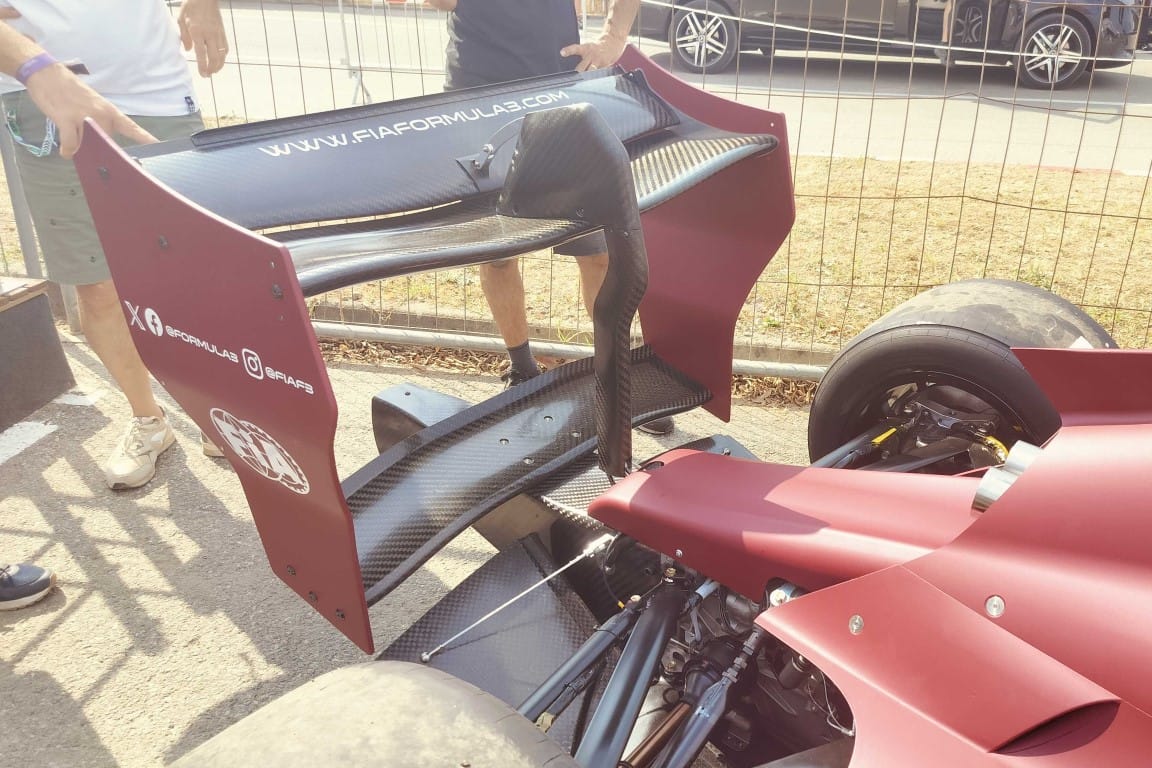
The new car will continue to use the naturally-aspirated Mecachrome V6 engine with no power increase beyond the currently produced peak of 380 horsepower.
It will, however, use a new gearbox supplied by French manufacturer 3MO rather than Hewland, which supplies the F2 gearboxes. Michel said that this was done to stop the championships from "putting their eggs in the same basket".
Apart from safety measures, the most admirable changes brought about by the new F3 car are its adoption of advanced fuel and a cockpit that can now fit taller drivers.
Accessibility is something that the FIA has been working hard on in recent years, with the steering feel of the F3 and F2 cars being made lighter to suit drivers of different body types and better fit female drivers.
Expenditure
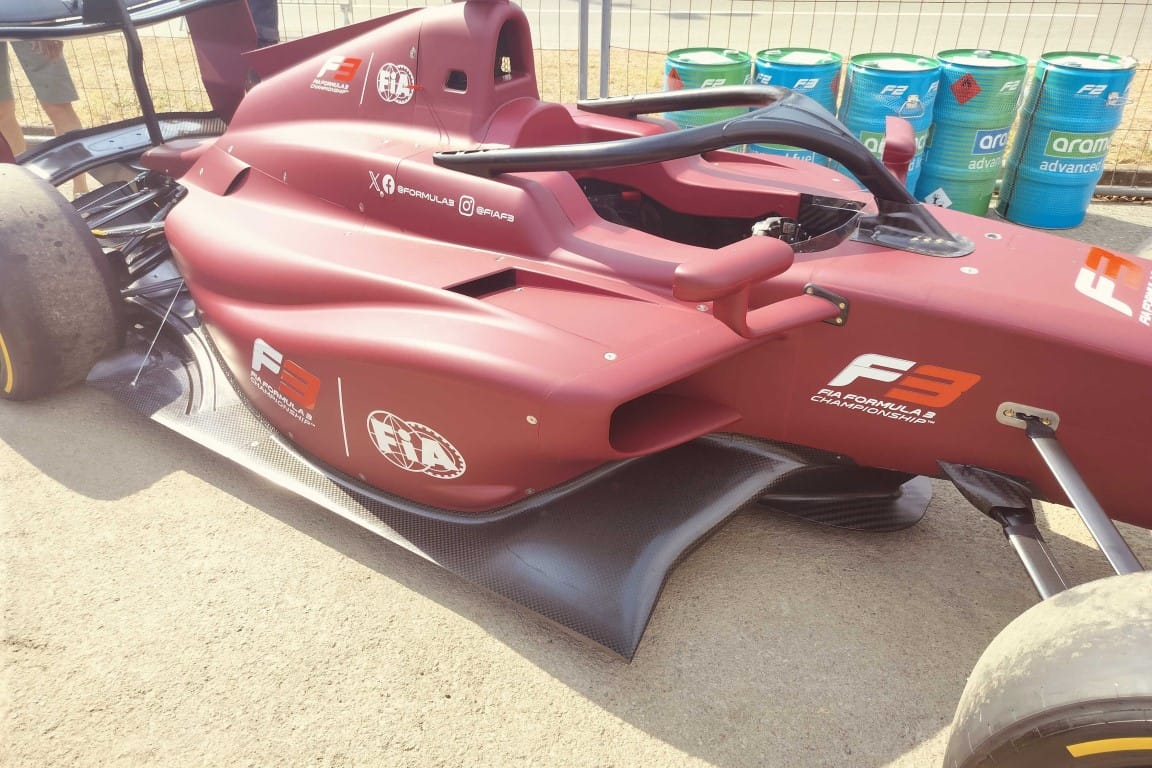
Apart from potential set-up and logistical issues, there is a more sizeable caveat for the F3 teams.
These new cars are set to be far pricier than their predecessors. Not only will the spare parts, engines and chassis themselves cost more, but the costs of changing team infrastructure will also have to be borne in mind.
One team boss estimated a 20% increase in cost to run the new F3 car over the season; another said that costs could spiral up to 50% in the next few years.
Although inflation in the European Union peaked at more than 11% in 2022 (mostly due to a surge in energy prices) it has since stabilised and is expected to hover below 2.5% in coming months. That is far less than the price increase of the new F3 car.
Michel, however, said that the cost of the outgoing car has actually tracked below inflation for the “last six or seven years” - which is understandable, given that Dallara chassis was introduced in 2019.
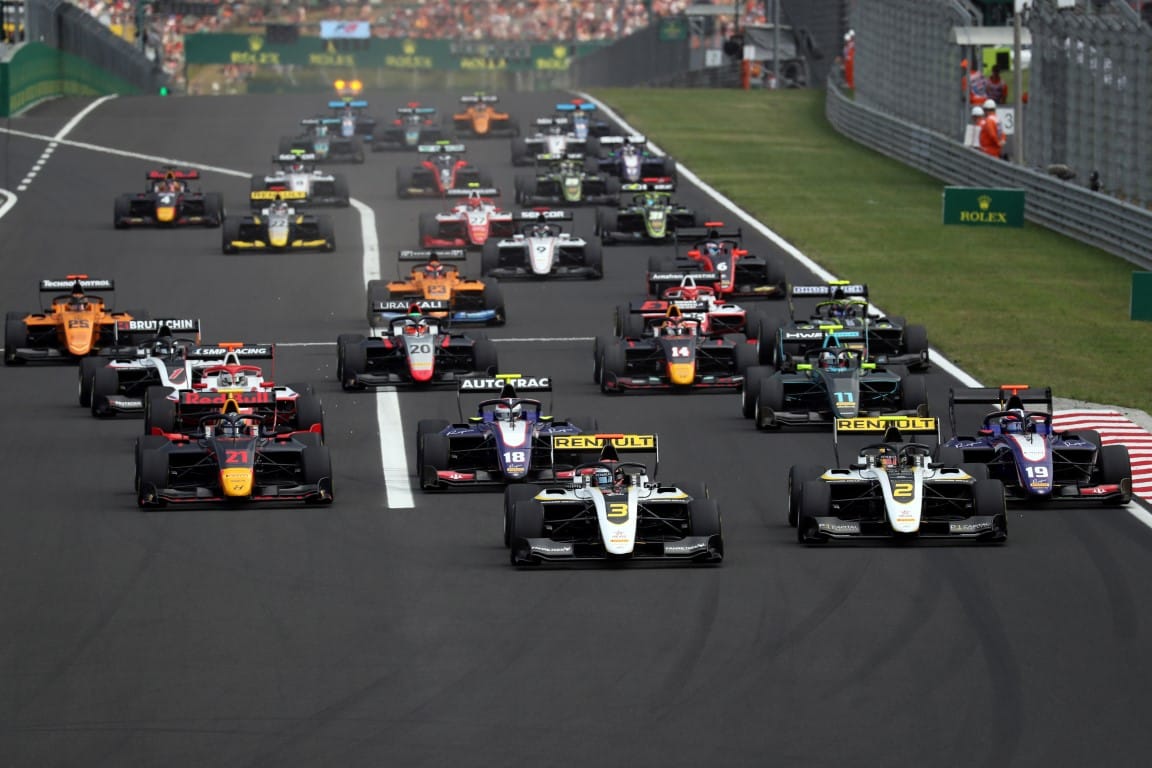
The F2 and F3 CEO said that he has been working “very closely” with suppliers to ensure that the cost of the new car, plus spare parts, stays in a workable window - and the car has been designed for a team of 11 to effectively work on three cars.
“I think if you look at the cost of an F3 season now and you compare it to what was the cost of a GP3 season 12, 13 years ago, the difference is not so big,” he said.
Tombazis added that stronger crash structures, increased safety testing and new materials would inevitably drive costs up - but are also something the FIA will not compromise on.
Regardless, it remains to be seen whether the cost of the third-tier of FIA single-seater racing will ‘spiral’ (as one team boss put it) or remain in a sensible range - and whether this will have an effect on the participation of F3 teams in the future.
Teams aren’t currently so worried about that; they’re currently trying to decipher how they’ll set up and ship the cars given they essentially seem to have the same amount of information on the new machines as we do.
Given the new cars will be delivered around December 2024, they’ll only have a couple of months to study them before three-or-so days of F3 testing in early 2025.


